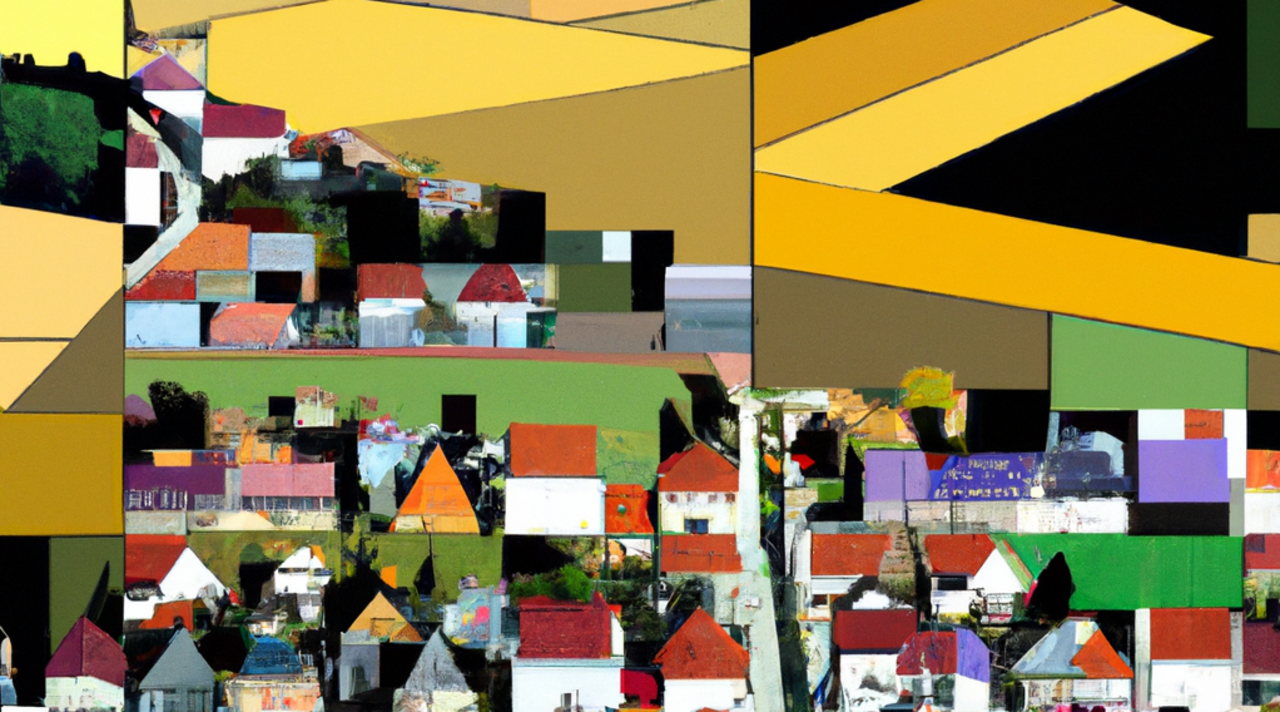Project
Social and political consequences of spatial inequalities

Social and political consequences of spatial inequalities an East-Central European case study (SPC Spatial)
Spatial inequalities can be a risk to social cohesion and a source of political cleavages. We examine the social and political consequences of spatial inequalities in East-Central European states.
Background and Objective
Growing spatial inequalities within nation states have been described by the media and researchers as a risk to social cohesion, a source of social and political cleavages. Most prominent is the debate on the "revenge of the places that don't matter", arguing that spatial inequalities lead to widespread discontent among the population of disadvantaged regions who feel "left behind" by economic developments and neglected by national governments. The rise of (right-wing) populist parties is seen as a consequence of these "feelings of being left behind" and a "geography of discontent" is drawn.
So far, this debate has mainly referred to examples in Southern and Western Europe and the United States. The economic, demographic and infrastructural decline of "left behind regions" is attributed here to post-industrialisation, technological change and globalisation. In comparison, however, the socio-spatial conditions for the rise of populism in East-Central Europe are different. Here, the factors of spatial patterns of inequality include the spatially uneven effects of post-socialist transformation, out-migration, the inflow of foreign direct investment, the low-wage sector that has emerged and the poverty of those working in agriculture. We focus on the East-Central European countries that experienced the post-communist transition; this includes the German Länder on the territory of the former GDR. We consider a focus on these countries promising for gaining insights into populism in the context of spatial inequalities.
Approach
(1) We take a detailed look at the debate of a "geography of discontent" in a systematic literature review. In particular, we examine how interregional inequalities contribute to socio-economic inequalities at the individual level, how they are reflected in subjective perceptions of individual and community perspectives and feelings of being disconnected, and how regional effects manifest themselves in political opinions and voting behaviour.
(2) We conduct an international comparison of regionalised survey and structural data for EU countries, which allows us to go beyond individual country studies.
(3) We focus on three East-Central European countries where regional inequalities have partly increased in recent years and where populism plays an important role in political arenas;
(4) We apply a mixed-methods approach to identify both the measurable effects of spatial inequality and to understand the perceptions and perspectives of people living in "left behind" places.
The project is a cooperation of the Thünen Institute of Rural Studies, the Institute of Sociology of the Czech Academy of Sciences and the Institute of Geography and Spatial Organization of the Polish Academy of Sciences.
Data and Methods
Mixed-methods approach; statistical analysis of survey and structural data; qualitative expert interviews and group discussions
Our Research Questions
- Are spatial inequalities within nation states a risk to social cohesion?
- Do people in disadvantaged regions feel "left behind" by economic developments and neglected by national governments?
- Do people react with discontent and protest?
Thünen-Contact

Involved Thünen-Partners
Involved external Thünen-Partners
Funding Body
-
Deutsche Forschungsgemeinschaft (DFG)
(national, öffentlich)
Duration
4.2023 - 3.2026
More Information
Project funding number: KL 2960/3
Project status:
ongoing

![[Translate to English:] [Translate to English:]](/media/_processed_/2/0/csm_LV_Bei_Hornburg_Quelle_Johanna_Fick_neu_da89674833.jpg)
![[Translate to English:] [Translate to English:]](/media/_processed_/2/0/csm_LV_Bei_Hornburg_Quelle_Johanna_Fick_neu_3aae309567.jpg)
![[Translate to English:] Logo des Bundesministerium für Ernährung und Landwirtschaft](/media/allgemein/logos/BMEL_Logo.svg)